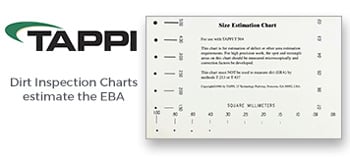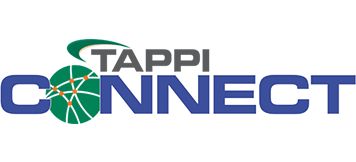Mechanical Pulp with Added Value Products and Lower COD, 2018 IBBC
Pulp and paper industry worldwide is facing more and more stringent environmental restrictions, challenges and requirements to reduce the COD/BOD of mill effluents, as well as reducing water consumption for pulp production. Typically, the effluent treatment systems for most of the existing mills represent a bottleneck, particularly in mechanical P&P mills producing high quality bleached paper and board grades.
These environmental, climate and industrial regulations, as well as financial and cultural drivers are putting a pressure on our industry for a change. One of the currently exploited ways is to turn the existing and future pulp and paper mills into biorefineries producing value added chemicals and polymers from a process side and waste streams. During the past years, relatively large progress in this area has been made in chemical pulping area while mechanical pulping biorefineries are still mostly at the R&D stage.
One of the main benefits for such biorefineries compared to the single-output bioproduct (e.g., bioethanol) is that the costs for raw material, chemicals and utilities are naturally part of the production cost of the main mill product – pulp. Currently, valuable by-products in mechanical pulping waste streams are lost in further process steps of modern pulp production and biomass processing mills - biological effluent treatment systems, evaporation and incineration.
Company has developed a process and technology to recover valuable biopolymer products from mechanical pulping effluent waste streams. This process of recovery of valuable bioproducts (RVB) creates additional value for the mills by selling the by-products, or utilizing them in the mill integrated process. It increases mill profitability by having additional revenues and opens opportunities to enter new emerging markets of renewable, biodegradable bioproducts, promoting “green” sustainable technology. At the same time, it potentially can reduce the COD of the mill effluents by 40-60% that gives possibilities to use less fresh water and have lower effluent treatment costs. Secondly, it opens a possibility for the mill to improve the pulp quality (e.g., strength and/or brightness); as well as increase pulp production at a given effluent COD load.
TAPPI conference proceedings and presentations, technical papers, and publication articles provide technical and management data and solutions on topics covering the Pulp, Paper, Tissue, Corrugated Packaging, Flexible Packaging, Nanotechnology and Converting Industries.
Simply select the quantity, add to your cart and your conference paper, presentation or article will be available for immediate download.





